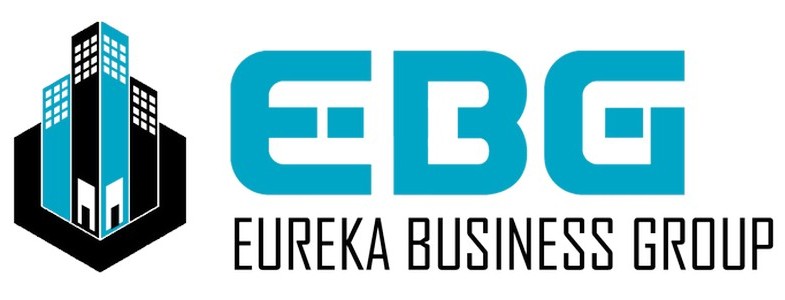- Home
- Commercial Broker Services
- Business Broker Services
- Business Owners Resources
- Common Area Maintenance Charges Explained: What DFW Tenants Need to Know
Common Area Maintenance Charges Explained: What DFW Tenants Need to Know
In the bustling Dallas-Fort Worth commercial real estate market, understanding Common Area Maintenance (CAM) charges is crucial for tenants looking to manage their operating expenses effectively. These charges, while often overlooked during initial lease negotiations, can significantly impact a business’s bottom line. This comprehensive guide breaks down everything DFW tenants need to know about CAM charges.
What Are CAM Charges?
Common Area Maintenance charges are fees that commercial property owners collect from tenants to cover the costs of operating and maintaining shared spaces within a property. In DFW’s diverse commercial landscape, from downtown Dallas high-rises to suburban Plano office parks, these shared spaces typically include lobbies, elevators, parking lots, landscaping, and common hallways.
Components of CAM Charges in DFW Properties
The typical CAM charge structure in DFW commercial properties includes several key components:
Property Maintenance: Regular upkeep of common areas, including cleaning services, trash removal, and general repairs. In the DFW area, where weather can be particularly harsh during summer months, HVAC maintenance in common areas is a significant consideration.
Security Services: Given the size and complexity of many DFW commercial properties, security personnel, surveillance systems, and access control systems are often necessary expenses included in CAM charges.
Landscaping: The maintenance of exterior spaces, including lawn care, tree trimming, and seasonal plantings. This is particularly important for properties in areas like Las Colinas or Frisco, where exterior appearance plays a crucial role in property value.
Insurance: Property insurance for common areas and liability coverage, which can be higher in DFW due to severe weather risks like hail and tornados.
Property Management: Administrative costs associated with managing the property, including on-site management staff and related overhead expenses.
How CAM Charges Are Calculated
In the DFW market, CAM charges are typically calculated based on a tenant’s proportionate share of the total rentable square footage of the building. For example, if a tenant occupies 2,000 square feet in a 20,000-square-foot building, their proportionate share would be 10% of the total CAM costs.
However, it’s important to note that calculation methods can vary:
Base Year Method: Common in DFW office buildings, tenants pay only the increases in CAM charges above a base year amount, typically the first calendar year of the lease.
Expense Stop Method: Similar to the base year method but with a fixed dollar amount rather than a calendar year as the baseline.
Triple Net (NNN): Popular in retail and industrial properties throughout DFW, tenants pay their proportionate share of all CAM costs from the first dollar.
Negotiating CAM Charges in DFW
When negotiating CAM charges in the DFW market, tenants should consider several key factors:
Caps on Increases: Given the rapid growth in the DFW market, negotiating annual caps on CAM charge increases (typically 3-5%) can provide valuable protection against rising costs.
Exclusions: Certain items should typically be excluded from CAM charges, such as capital improvements, repairs covered by insurance, and expenses related to leasing space to other tenants.
Audit Rights: The ability to review and audit CAM charges is crucial. Most DFW leases allow tenants a specified period (usually 60-90 days) after receiving the annual reconciliation to audit the charges.
Best Practices for DFW Tenants
To effectively manage CAM charges, DFW tenants should:
- Review CAM Reconciliations Promptly: Carefully examine annual CAM reconciliation statements within the audit period specified in the lease.
- Maintain Detailed Records: Keep thorough documentation of all CAM-related communications and charges throughout the lease term.
- Understand Market Standards: Different submarkets within DFW may have varying standards for CAM charges. What’s standard in downtown Dallas might differ from practices in Fort Worth or suburban markets.
- Seek Professional Guidance: Consider working with local real estate professionals who understand DFW market standards and can help negotiate favorable CAM terms.
Future Trends in DFW CAM Charges
As the DFW commercial real estate market continues to evolve, several trends are emerging in CAM charges:
Sustainability Initiatives: Growing emphasis on green building practices may impact CAM charges as properties invest in energy-efficient systems and sustainable maintenance practices.
Technology Integration: Smart building technologies and enhanced security systems may lead to new categories of CAM charges.
COVID-19 Impact: Enhanced cleaning protocols and air filtration systems implemented during the pandemic may continue to influence CAM charges in the future.
Understanding and effectively managing CAM charges is essential for commercial tenants in the DFW metroplex. By staying informed about market standards, maintaining detailed records, and negotiating favorable terms, tenants can better control their operating expenses while ensuring their properties remain well-maintained and competitive in the market.



